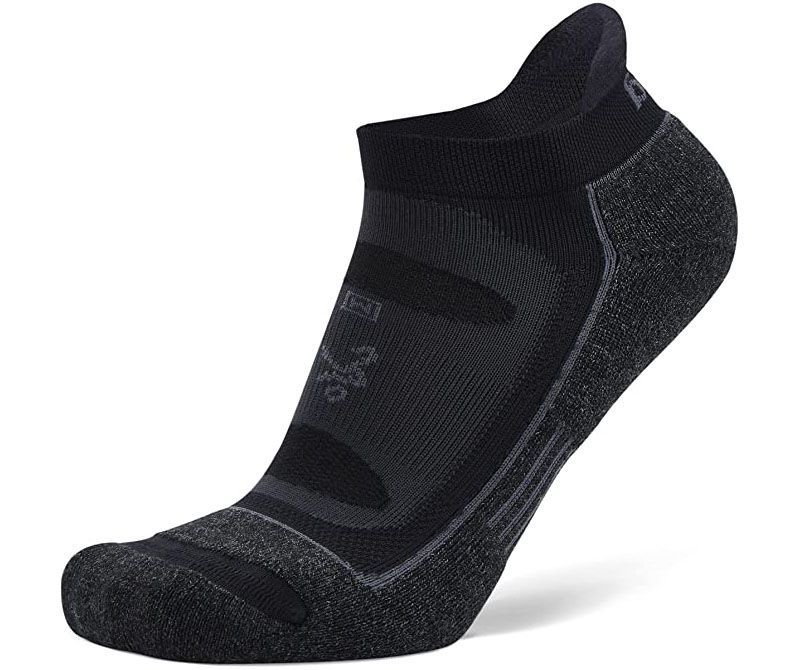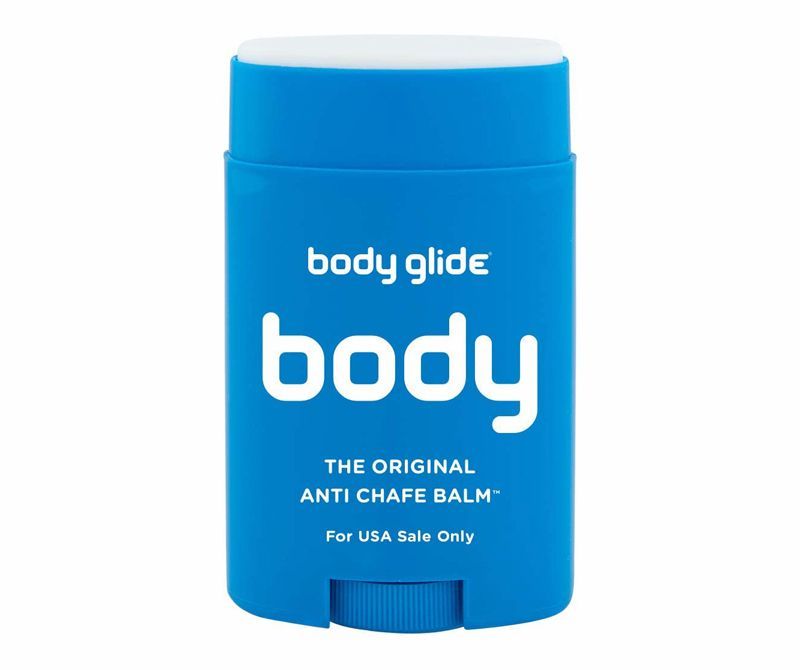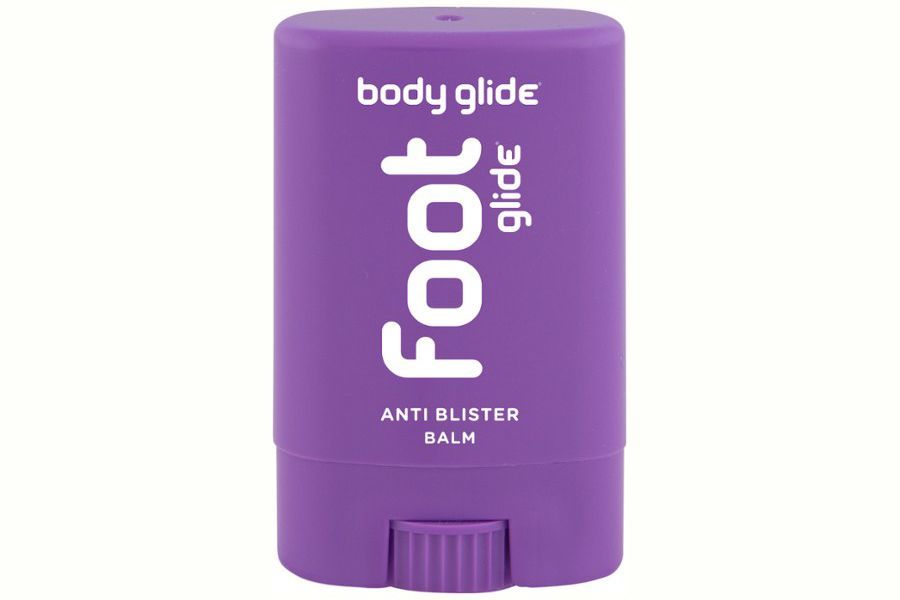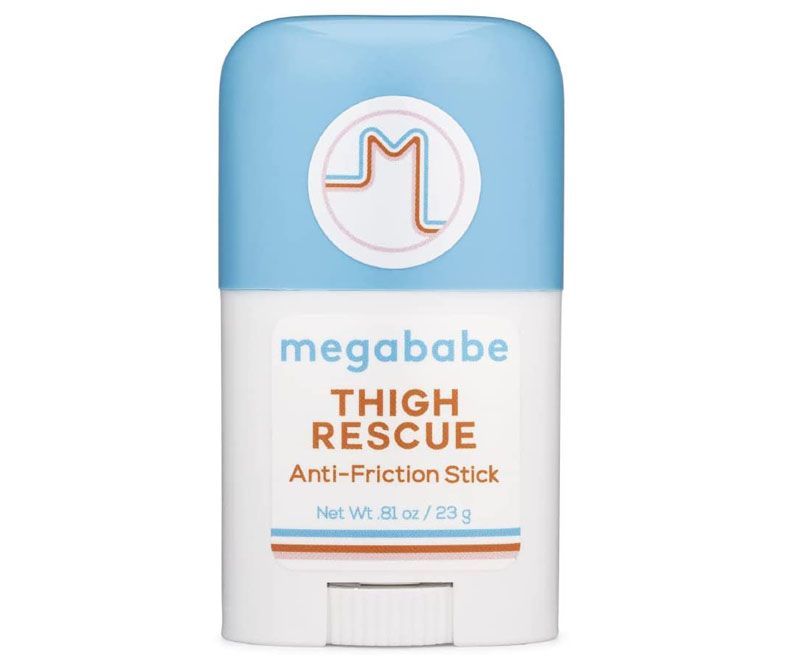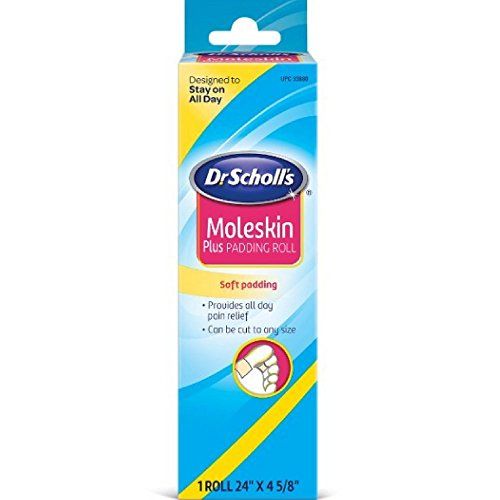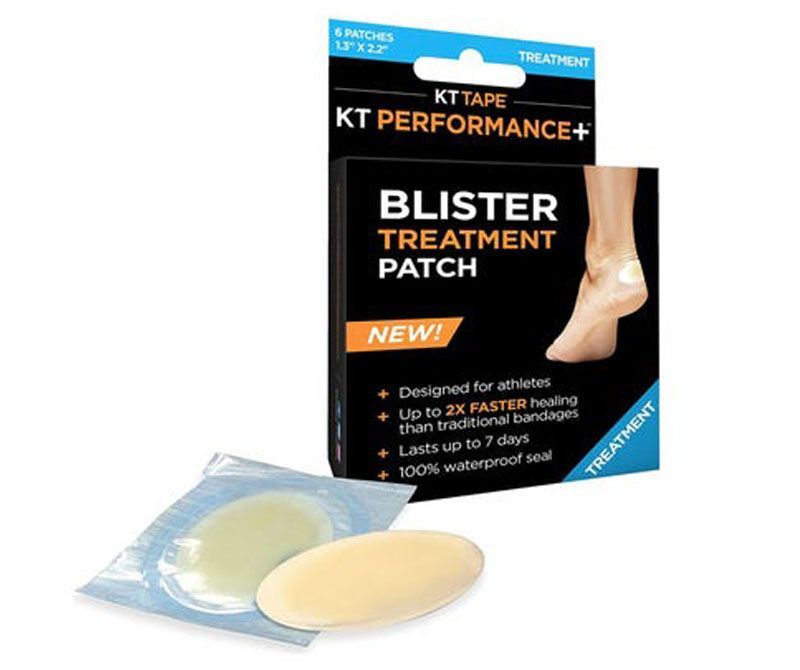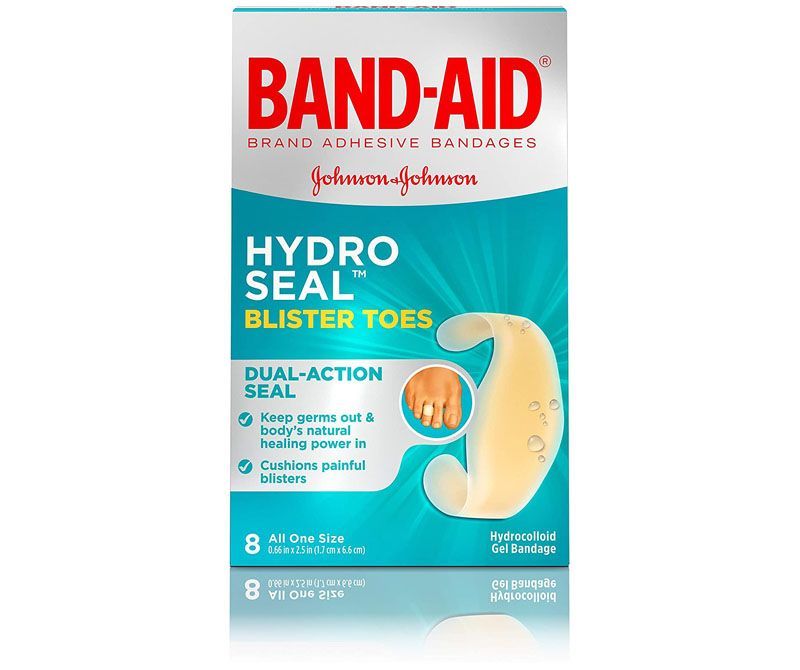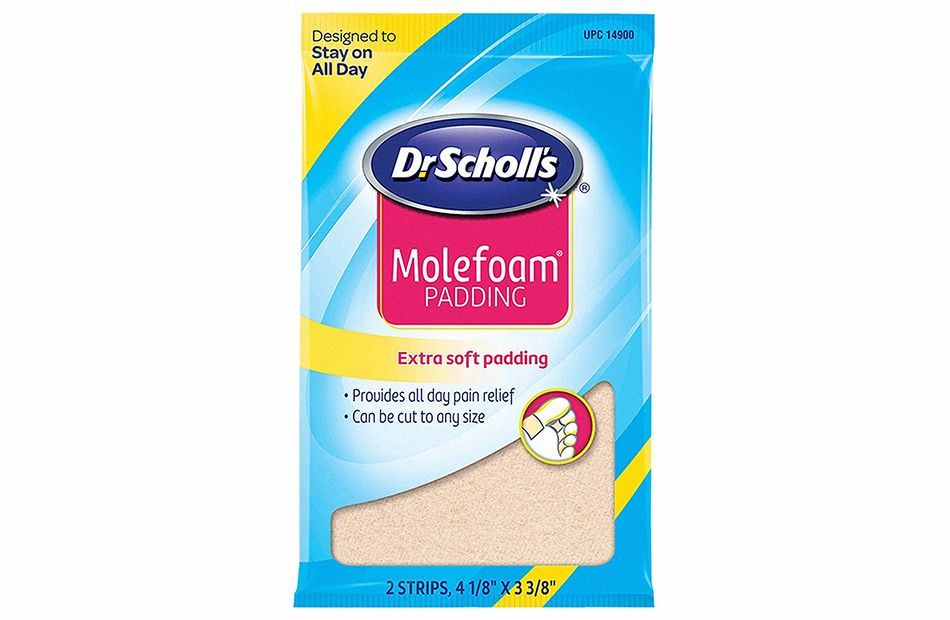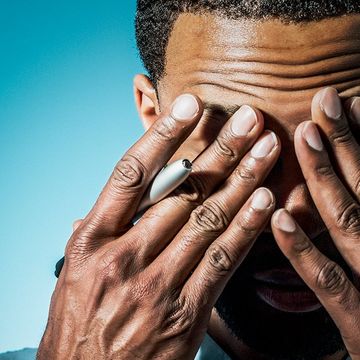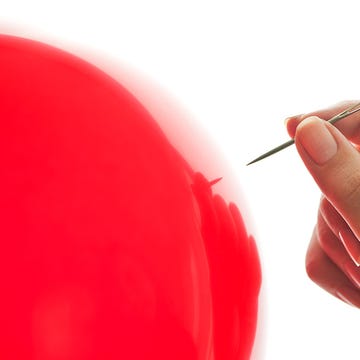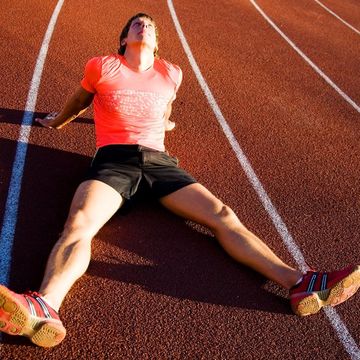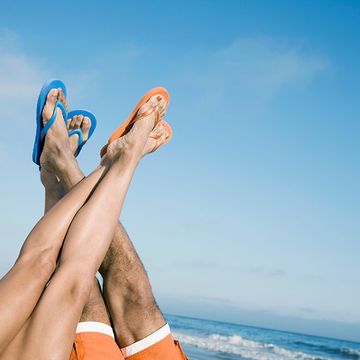Blisters are typically small in size but their impact looms large. If you’re reading this, you probably already know that blisters are those red, raised areas that look like bubbles and occur mostly on the feet for us runners. Located on the upper layer of skin, they often fill with fluid and may also hurt or itch.
Many runners incur them during races, especially marathons, due to prolonged friction between your skin and sock or shoe. But blisters can pop up at any time, including during training runs. Non-running footwear can be to blame, as well.
While most blisters don’t pose a serious health risk, they shouldn’t be taken lightly. A painful blister can sideline a runner—or worse, get infected, especially if you use an unsanitary needle to pop it. Here’s a complete guide to blisters and our picks for the best products to treat and prevent them.
The Expert: To gain insight into what causes blisters and how to prevent them, we spoke with Dr. Jordan Metzl, a long-time marathoner and sports medicine physician at the Hospital for Special Surgery in New York City. Metzl is the author of three books on sports medicine, exercise, and running. He’s also the creator of the Ironstrength Workout, a functional fitness program for runners.
What Causes Blisters?
Friction leads to annoying, painful blisters. The culprits are usually our socks, shoes, or both rubbing against our skin. Anything that intensifies rubbing can start a blister, including a faster pace, poor-fitting shoes, and foot abnormalities, such as bunions, heel spurs, and hammertoes. Heat and moisture intensify friction by causing your feet to swell.
Blisters commonly pop up during races or long runs when mileage is increased and friction occurs without intervention. Your body responds to this friction by producing fluid, which builds up beneath the skin that’s being rubbed.
Since moisture is also a factor, races are the perfect breeding ground for blisters: You’re sweating more by running faster and longer, sloshing through water stations, and if the weather is warm, possibly pouring water over your head.
How to Prevent Blisters
To stop blisters before they even start to form, Dr. Metzl recommends making sure you’re wearing running shoes in the right size. And before you run, coat risky areas with products that dry out your skin, such as baby powder or anti-chafing powder, to minimize the effects of sweating. You can also use a lubricant such as Vaseline or anti-chafing balm to ease pain caused by rubbing.
Shoes that are too small will cause blisters under the toenails or on the tops or tips of the toes. There should be a thumb’s width of space between the toes and the end of the toe box. Pay attention to your socks, too: They should fit without bunching up at your toes or slipping down your heels, which are common blister hot spots.
If you suspect your shoes don’t fit, consult with your local running store to have an expert help you find your size via a virtual or in-person fitting, or look for socks with reinforced heels and toes to help reduce friction.
How to Treat Blisters
If you have a large blister that’s big, nasty, even purple, and it’s affecting how your toes bend, give it a day or two to shrink, says Metzl. If it doesn’t improve, you might need to have your doctor pop it in the office under sterile conditions so it doesn’t get infected.
If you have a small blister that’s not prohibiting your movement, as tempting as it is to touch it, just leave it alone. “When the skin and the membrane of the skin are compromised by popping the blister, all of the bacteria that live on the skin normally can invade and could cause inflammation or an infection right away,” Metzl says.
You could end up making a very small problem much bigger by puncturing the barrier. You should also leave small blood blisters intact, too. Otherwise, you risk getting bacteria in your bloodstream. Cover it up so the swelling goes down, then try to fix the problem that caused it. Here are some methods to treat small blisters:
- Cut a hole the size of the blister in the middle of a piece of moleskin
- Place the moleskin over the blister and cover with gauze
- Let the blister dry out and heal on its own, or try covering the blister with a waterproof pad
If you absolutely must pop a blister (for example, if you’re traveling and can’t see your doctor), use caution. Metzl suggests cleaning the area and needle with soap and water and following with an antibiotic ointment. Then be sure to clean the area regularly to prevent infection.
One more note: A blister under a nail is best treated by a professional. You never want to deliberately remove the toenail.
How We Selected These Blister Treatments and Products
Following the advice of Dr. Metzl, we selected the products here based on their ability to prevent blisters, ease the discomfort and pain of blisters, and/or treat them after they’ve formed. We not only took the effectiveness of these products into account, but we also assessed them for their convenience and value.
Most, if not all, were tested and used by editors and writers on the Runner’s World staff; for those we didn’t use personally, we relied on word-of-mouth input and online reviews. Here are our top picks for not only treating and minimizing blister pain but also for trying to prevent blisters before they happen.
Our Blister Care Product Reviews
Isolate your toes to prevent friction by wearing technical toe socks. Injinji’s are lightweight and allow your feet to splay thanks to the five-toe design. A heel cuff protects your Achilles, and the nylon-polyester blend wicks away sweat. The socks are light and breathable, with just the right amount of cushion to not feel cramped or hot during warm months.
Balega socks have a soft, luxurious mohair feel to them that justifies their price and grants them instant race-day-sock status. This no-show “blister-resistant” pair boasts a generous tab to prevent the back of your shoe from rubbing against your heel, and a seamless toe construction that fights hot spots. They’ve got just enough cushion to feel comfy without overcrowding, and a thinner band that holds the socks close to your arch so they won’t shift around inside your shoe.
Bombas’s running socks have a heel cuff to prevent irritation from collar rubbing, and a front cuff to shield your skin from tongue friction. The socks are also contoured and cushioned, and made from lightweight, quick-drying, and ultra-breathable merino, with a seamless toe. If you prefer a taller cuff, Bombas also sells the same model in a merino quarter crew.
If you’re prone to blisters that aren’t limited to your feet, Body Glide is the best way to make those skin-on-skin or skin-on-fabric contact points free from friction. It comes in a convenient anti-chafe balm stick you can buy in various sizes from .35 to 2.5 ounces, making it packable for travel and easy to pocket on a run. The balm isn’t wet or greasy, and it keeps pores clog-free.
We’re longtime fans of Body Glide for protection from chafing, blisters, and other friction woes. The recently introduced Foot Glide provides essentially the same relief, but with apricot oil and leaf extracts thrown in to soften skin and reduce inflammation, which can alleviate hot spots and raw skin from your foot rubbing against your shoe. This one also comes in an even smaller .35-ounce tube, which is easy to stow in a pocket or hydration pack for midrun re-ups.
Megababe’s Thigh Rescue is another preventative product you can slather on blister-prone areas, including (but not limited to) your inner thighs. The convenient stick—which comes in a regular and travel size—has a formula that swipes on a bit creamier and more moisturizing-feeling than Body Glide.
Although the product wasn’t made with running in mind, it’s highly effective against chafing of all sweat-related sorts, thanks to lightly fragrant and skin-softening active ingredients that include vitamin E, aloe, pomegranate seed oil, and orange oil. (Note: It’s also available in a fragrance-free version.)
This cotton and foam moleskin roll is perfect for shielding blisters, calluses, and bunions so they can heal instead of continuing to worsen or cause pain. Simply cut a piece down to any size and apply to the area—or areas—on your foot that are prone to hot spots while running. The tape is thin enough that you won’t notice it’s on, but it provides a tough protective barrier. If you want something with more padding, check out the Molefoam strips below.
Protect blisters and ease pain with this hydrocolloid gel patch, which has a waterproof seal and is hypoallergenic and latex-free. The box comes with six patches and each is big enough to cover a blister the size of a large coin. KT Tape says the patch is durable enough to last up to seven days on the affected area; we found them to be water-resistant enough to stay put while running in sweaty conditions, but they peeled off in the shower.
These sleek gel pads are dedicated little toe guards. The waterproof bandage wraps around your toe, keeps the cushioning in place, and seals out dirt and germs. The sticky adhesive is powerful and stays put for a few days, even on sweaty feet.
If moleskin isn’t gentle enough to pad your painful blisters and calluses, try these cotton molefoam strips, which are more than twice as soft and thick. They’re easy to cut to any size you need. Once placed, the adhesive stays put and the foam patch provides a soft barrier between your foot and friction from your shoe.



